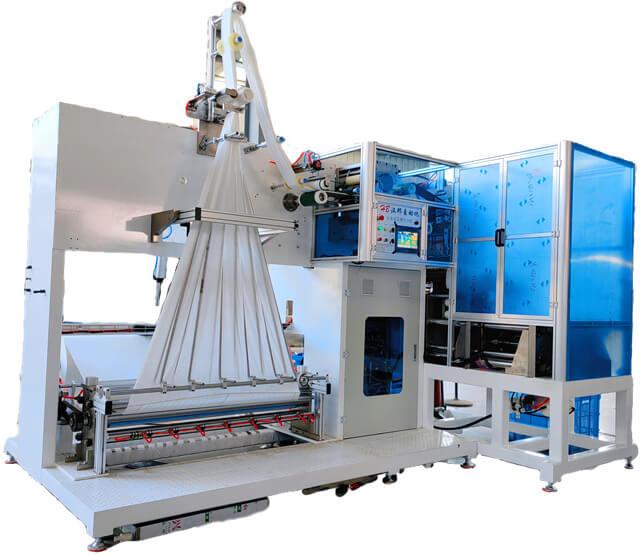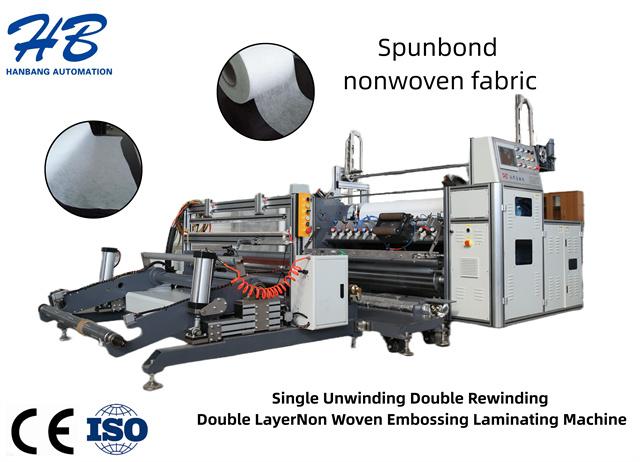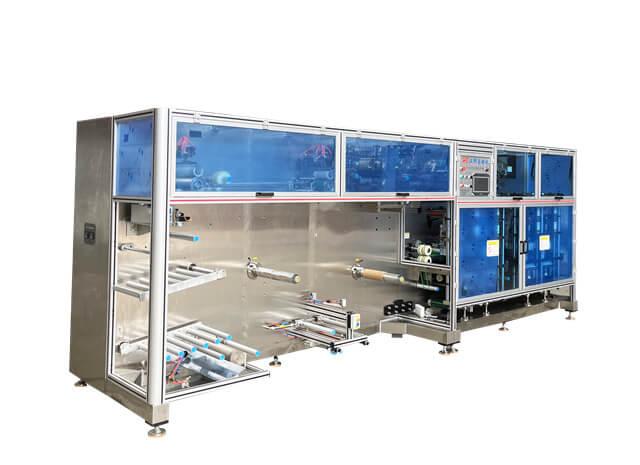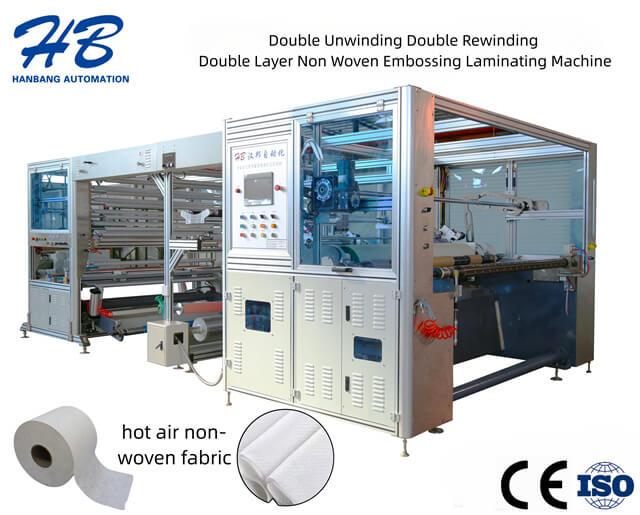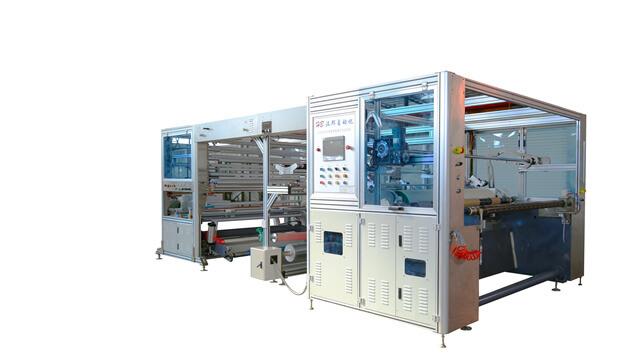Author:HB Nonwoven MachineryFROM:Compressed Towel Machine Manufacturer TIME:2024-04-29
Operating a Non Woven Needle perforating Machine in the Disposable Diapers and Sanitary Napkins Industry
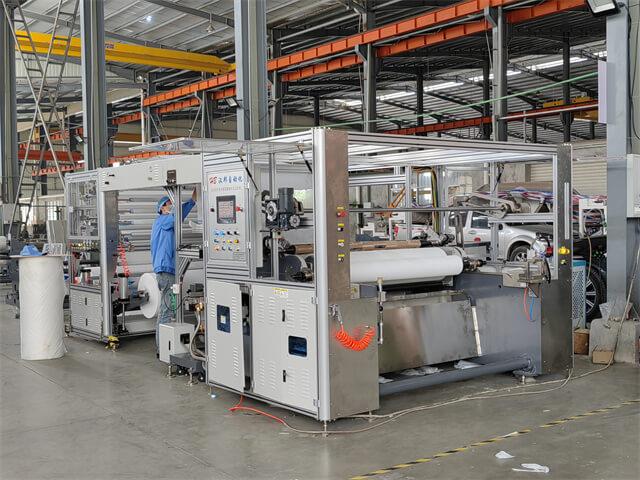
The non woven needle perforating machine is a crucial piece of equipment used in the production of disposable diapers and sanitary napkins. This machine plays a vital role in manufacturing absorbent materials, such as non woven fabrics, that are used as the core components of these hygiene products. In this article, we will explore the operation of a non woven needle perforating machine and its significance in the industry.
Needle perforating is a process used to mechanically entangle fibers together, creating a non woven fabric with desired properties. The needle perforating machine consists of multiple needles that penetrate the fiber web, pushing the fibers through the fabric and interlocking them. This process enhances the fabric's strength, dimensional stability, and absorption capacity, m
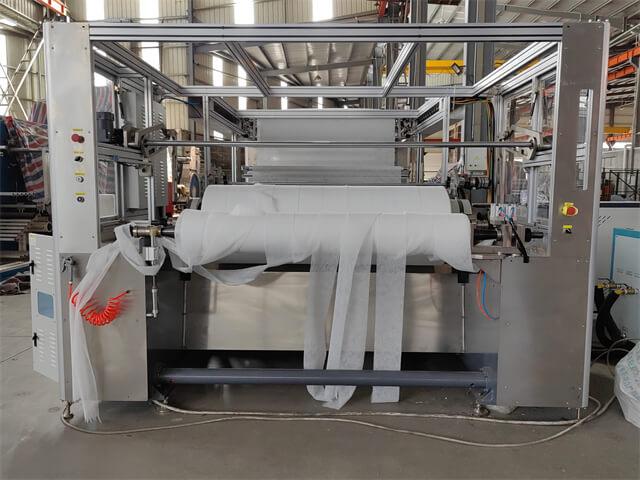
Prior to operating the needle perforating machine, a series of set-up procedures must be followed. This includes selecting the appropriate needle density and type, adjusting the machine's speed, tension, and stroke, and installing the necessary feeding systems. Additionally, the machine should be inspected for any defects or malfunctions to ensure smooth operation.
The next step in operating the machine involves feeding the raw material into the needle perforating area. The fibers are evenly distributed onto a moving conveyor belt, forming a thin web. The t
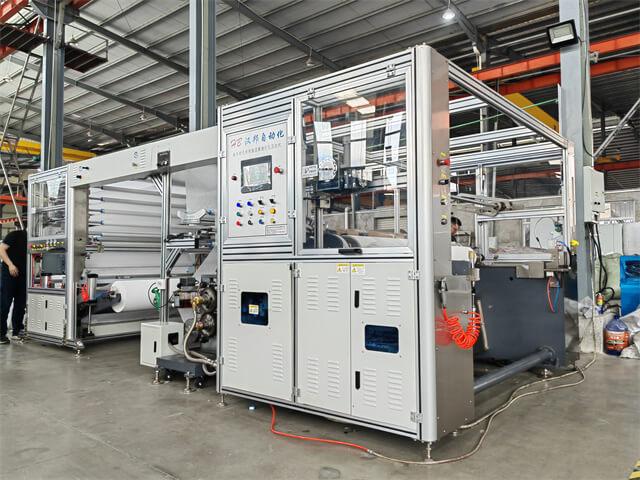
Once the material is fed and the web is formed, the needle perforating process begins. The machine's needles penetrate the fabric at high speed and depth, entangling the fibers together. The number of needle perforating per square inch determines the fabric's strength and density. This process is repeated multiple times to ensure a tightly interlocked structure with optimal absorption properties.
After the needle perforating process, the fabric undergoes rigorous quality control and inspection measures. Samples are taken from the production line and tested for parameters such as thickness, weight, tensile strength, and absorbency. Any defects or inconsistencies are identified and rectified before proceeding to the next stage of production.
Once the non woven fabric passes quality control, it enters the post-processing stage. This involves treatments such as heat setting, drying, and cutting the fabric into specific dimensions. The finished fabric rolls are then packaged and prepared for delivery to the diapers and sanitary napkins manufacturing facilities.
Regular maintenance is crucial for keeping the non woven needle perforating machine in optimal condition. This includes cleaning and lubricating parts, checking for wear and tear, and conducting periodic inspections. In the event of a breakdown or malfunction, troubleshooting techniques and technical expertise are required to diagnose and rectify the issue promptly.
The non woven needle perforating technology continues to evolve with advancements in automation, efficiency, and product customization. Modern machines are equipped with sensors, monitoring systems, and computerized controls to ensure precise operation and consistent fabric quality. These technological improvements have revolutionized the disposable diapers and sanitary napkins industry, enabling manufacturers to meet the ever-growing demands of consumers.
The operation of a non woven needle perforating machine is a critical aspect of manufacturing disposable diapers and sanitary napkins. By understanding the needle perforating process and following proper machine set-up, feeding, and maintenance procedures, manufacturers can produce high-quality absorbent fabrics that meet the hygiene needs of consumers. Continued advancements in needle perforating technology will undoubtedly contribute to the further improvement and innovation within the industry.
